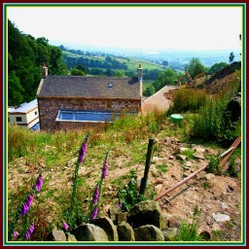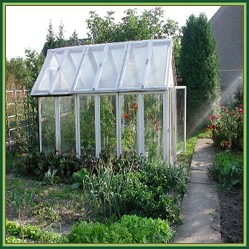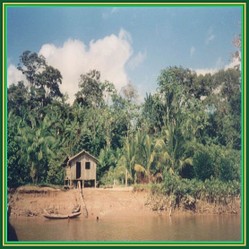It’s hard to turn on the news without being bombarded with information about how much we’re harming the environment. Endless doom-laden predictions about how much damage we do each time we turn on a light, get in a car, or have a bath are doing rounds.
With all these pessimistic prophecies it’s all too easy to give up on environmental concerns or attempts to make your lifestyle more energy efficient, to write it all off as a task too big to handle. In reality, the complete opposite is true. With forty percent of all the United Kingdom’s carbon emissions coming from its households it seems clear that, concerning the environment at least, the solution begins at home.
It is not difficult to switch to green living and have eco friendly houses by taking small steps at a time. Consider incorporating some earth friendly practices into your lifestyle daily by doing something that helps the planet and the environment.
Image Credit Author Oliver Dixon licensed under the Creative Commons Attribution-Share Alike 2.0 Generic license
© copyright WriterArtist 2014, all rights reserved










 Harvest Bounty of Fall Fruitson 08/03/2023
Harvest Bounty of Fall Fruitson 08/03/2023
 Is Buddhism older than Hinduism?on 06/13/2023
Is Buddhism older than Hinduism?on 06/13/2023
 Was Tirumala Tirupati Balaji Temple a Buddhist Shrine?on 06/13/2023
Was Tirumala Tirupati Balaji Temple a Buddhist Shrine?on 06/13/2023
 The Great Wave of Kanagawa from Japanese Artist Hokusaion 06/11/2023
The Great Wave of Kanagawa from Japanese Artist Hokusaion 06/11/2023



Is it possible to make the existing house eco-friendly?
It's clear this will be the wave of the future. Voted up and pinned.
These are great ideas for temperate zone eco-friendly houses. In hotter arid regions, large windows would be counterproductive and we can collect gray water for irrigation because there isn't enough rain. All other suggestions are suitable for any climate, I think.
For an environmentally conscious, self-reliant person this article was a great way to begin the day.